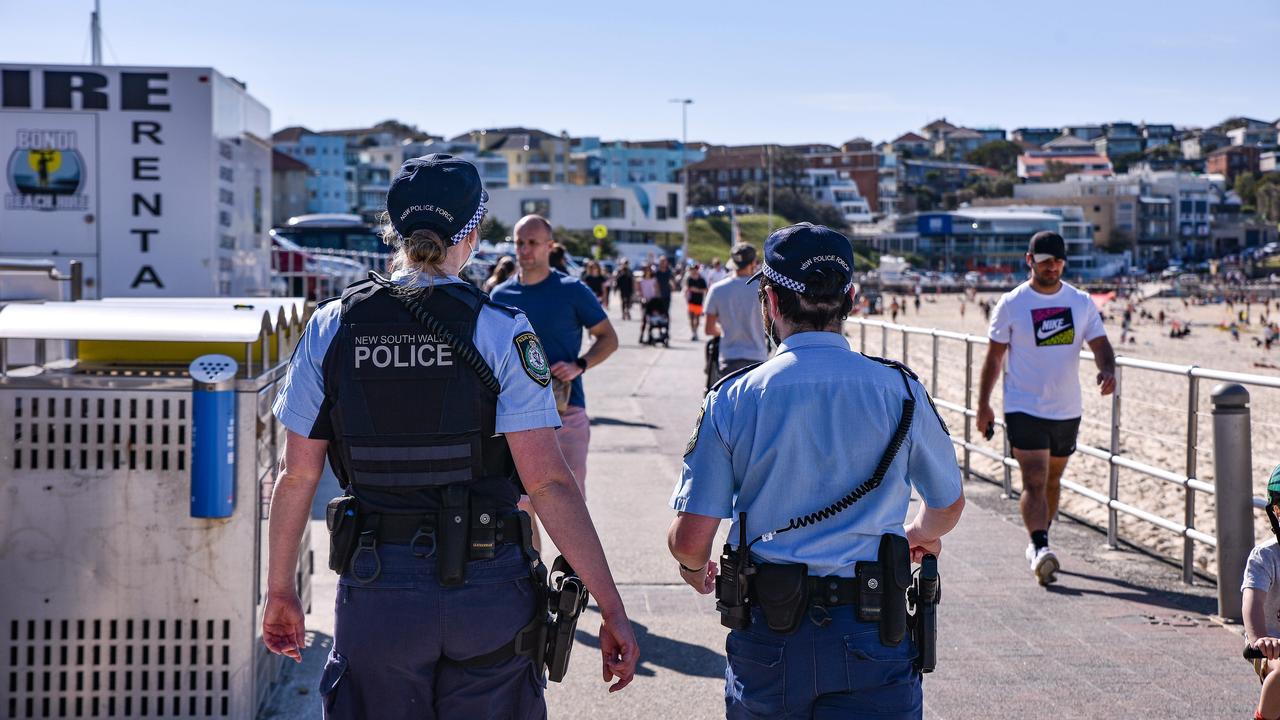Why cop changed his mind on Lloyd Rayney
More than 50 pieces of information led detective Jack Lee to see Lloyd Rayney as a murder suspect, a court has heard.
More than 50 pieces of information led career detective Jack Lee to see Perth barrister Lloyd Rayney as a murder suspect, the inspector told the West Australian Supreme Court yesterday.
Inspector Lee’s description of Mr Rayney as the prime and only suspect in his wife Corryn’s murder at a press conference in 2007 has triggered a defamation trial that has raked over the police investigation that ended with a failed prosecution.
Yesterday, Inspector Lee said he still believed Corryn was killed at home. “Fallen in love with your own beliefs have you?” Mr Rayney’s lawyer Martin Bennett asked Inspector Lee.
He replied: “I believe there was more information than was ever presented in court.”
Mr Rayney is suing the state of WA, potentially for millions, five years after being acquitted of Corryn’s murder. An appeal by the state was dismissed.
Inspector Lee’s witness statement tendered to the court yesterday describes the reasons he came to see Mr Rayney as a suspect after Corryn disappeared on August 7, 2007. She was found murdered in Perth’s Kings Park on August 16.
“I knew Mr Rayney by reputation to be a professional and diligent prosecutor,’’ he wrote in his statement. “In light of this I was disinclined for a long time to regard Mr Rayney as a suspect.”
Inspector Lee took into account the Rayneys’ living arrangements — they were separated but under the same roof — and the fact they were due to have a “confrontation” about their relationship on the night she disappeared.
But he said it was Mr Rayney’s decision to have a telephone intercept device installed on his home telephone line before Corryn was murdered that he thought significant. He said it meant Mr Rayney could have listened to Corryn’s telephone conversations on that line “and learned of her plan against him”.
“This was key for me in changing my opinion of Mr Rayney,” he wrote in his statement. “Up until then, there had been conjecture and strong conjecture, but he had stayed on the right side of the law … This showed me that Mr Rayney was prepared to break the law.”
Inspector Lee said he called Mr Rayney the only suspect at the press conference on September 20, 2007, because he was, but also because the term carried legal status and he believed it was important under what was then a new Criminal Investigations Act.
Earlier that day, WA Police Commissioner Karl O’Callaghan had described Mr Rayney as a person of interest during a radio interview. This needed to be corrected, Inspector Lee said.
“My belief was that Mr Rayney would at some point in the future use that statement (by Mr O’Callaghan) to have evidence that was obtained on September 20 thrown out of court,” Inspector Lee told the court.
Asked to recall if he had ever publicly named another person as a suspect in the middle of an investigation, Inspector Lee cited the bank robber known as the Postcard Bandit, Brenden Abbott.
In terse exchanges with Mr Bennett, Inspector Lee discussed Mr Rayney’s decision to exercise his right to silence on the day of the press conference, when police forced entry to his house.
“While he has a legal right to silence, I believe he had a moral obligation to help police find who killed his wife,” he said.



